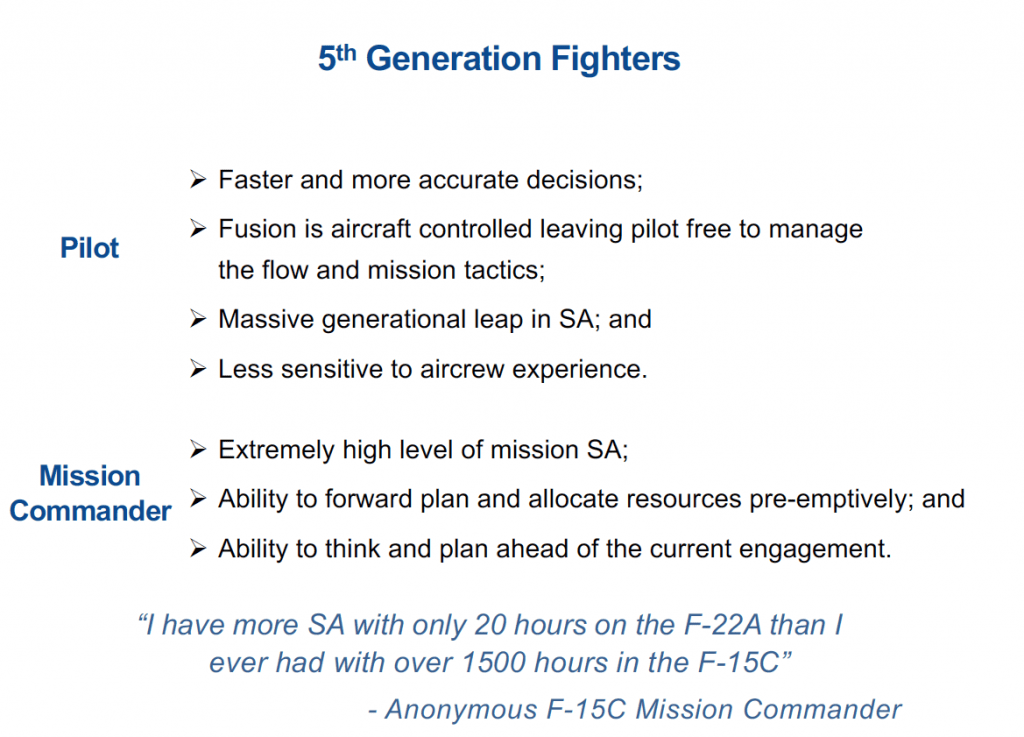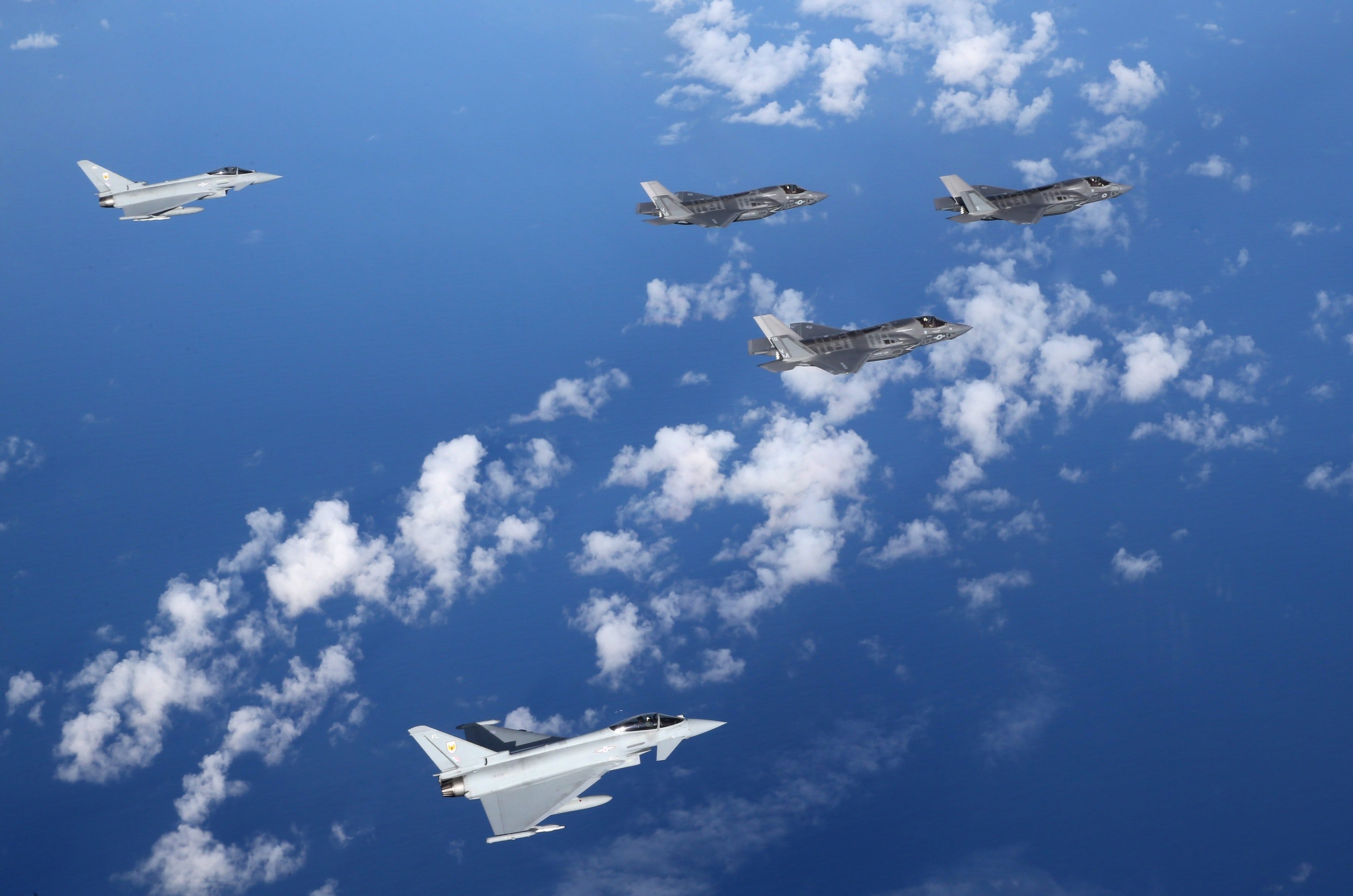By Robbin Laird
Having just returned from my latest trip to Germany to discuss the significant challenge facing Germany in shaping a credible force to provide for its direct defense and to contribute effectively to NATO’s overall collective defense, it is clear that for the near to mid term the Tornado replacement decision is a significant indicator of the way ahead.
The German government has committed itself to work with France to launch a long-term project to build a new air combat systems approach which will include a new fighter for the 2040s.
That is a long way off and will not contribute in the short to medium term to the deterrent challenges being faced now.
And that is not providing for a Tornado replacement.
For the Luftwaffe, there are two elements in play, which can provide for near to mid term ways to reshape its capabilities to provide for a credible effort.
On the one hand, the government is proposing to build a new Eurofighter which they have dubbed Tranche IV to replace the Tranche I Eurofighters.
If they wish to do this, the shortest path to do so is to build on the Luftwaffe’s relationship with the RAF and with British industry and its engagement in Eurofighter to adopt the British innovations which are shaping a new Typhoon for the force, one clearly being redesigned to fly with the F-35.
If the gap between the UK and Germany created by Brexit and selected EU conflicts with Britain can not be attenuated to allow for Germany to work with the UK, there will be no short path to providing for the German Eurofighters transformation into an advanced Typhoon.
On the other hand, the Tornado replacement is pressing and carries with it many key tasks essential to direct defense.
One such task is the nuclear mission to shaping effective air ground integration.
Another key task is to be able to integrate with Patriot and MEADS to deliver movable joint fires solutions for the protection of Germany and its to be rebuilt logistics sites.
The importance of this latter task is critical.
Germany has committed itself to be the logistical hub of NATO for the movement of force through Germany to the nations East and North of it for collective defense.
And doing so is a near to mid-term task, not a long range one.
Options which have been or are being considered are the F-35, the German Eurofighter (which does not yet have an AESA radar) and the Super Hornet.
In 2014, the RAAF faced a key replacement aircraft decision when it was looking to move beyond the Super Hornet to a fifth generation solution.
The thinking which shaped that decision is very relevant to Germany or even more relevant to Germany because it is the center of any Russian action against Europe in a way that is not what the Aussies face from China or North Korea.
I wrote the report for the Williams Foundation in 2015 when the RAAF discussed in a public forum the nature of the turning point and why they believed that a transition to the F-35 was essential, not just for the RAAF but for the entire transformation of the Australian Defence Force.
A key strategic thinker who retired as an Air Vice Marshal of the RAAF and has remained a key player in the transformation effort is John Blackburn.
I decided to interview Blackburn about that turning point and his thoughts about why the transition was critical for the RAAF.
In that interview, he identified three key reasons he thought the transition was critical.
First, he took me back to the presentation of the RAAF F-22 pilot who spoke at the 2014 seminar and he compared his experiences with Super Hornet to the F-22.
The core point which the pilot made was that the fifth generation air system allowed for proactive planning and operations, compared to the largely reactive situation he was in with regard to Super Hornet.
In that briefing, the experienced combat pilot underscored that from the pilot’s perspective the data fusion in the aircraft left the pilot free to manage the flow of information and to focus on mission tactics.
From the perspective of the mission commander, he now had the ability to forward plan and allocate resources pre-emptively and had a much greater ability to think and plan ahead of the current engagement.

Second, the force commander without a fifth generation aircraft would be limited against a significant peer competitor and the need to operate in contested airspace to operating in lower or mid threat levels.
This meant that a nation without direct access to fifth generation capability would need to rely on others to provide for the capability to degrade the forces of the adversary in a high threat area.
Clearly, if a nation was directly facing a peer competitor which was shaping area denial capabilities this meant that they would have to ensure that an ally with such capabilities would show up and lead the air operations.
“The challenge of working with coalition partners who really are not making the transition is that they risk becoming speed bumps in the way of fifth-generation airpower coalition engaging a peer competitor.”

Third, he argued that even though the first two points were significant, the most compelling one was that “if you are focused on platform replacement in these conditions, you are asking the wrong question.
“The right question is how your fifth generation asset would drive transformation of the entire force whilst also integrating legacy capabilities.”
Put in other words, the introduction of the F-35 into the ADF is driving overall force transformation, without which one would be looking for single force modernization rather than multi-domain transformation.
From this point of view, the F-35 is a multi-domain not a multi-mission aircraft.
“Without the F-35, we would not be doing our Plan Jericho for the air force, or the kind of significant force integration efforts which we are currently undergoing in Australia.”
However, an important point to emphasise here is that the transformation is about much more than just the 5th Gen platforms.
As Blackburn wrote in a recent article in the Australian Defence Magazine: the issue faced by the Australian Defence Force (ADF) today is that existing communications and information networks were not “designed” as an integrated system and do not appear to be a good foundation upon which to build the 5th Generation Force the ADF is acquiring.
Indeed, Blackburn came to Denmark in 2015 to co-host a conference on behalf of the Williams Foundation with the Copenhagen-based Centre for Military Studies.
And at that conference several European airpower leaders spoke and discussed how they viewed the airpower transition in Europe.
In his presentation to the conference, Blackburn focused on the transformation process, which had been launched driven in large part by the acquisition of the F-35.
Later as Chief of the Danish Air Force, with the F-35 decision behind them and with preparation for the coming of the F-35 to Denmark, he has made it clear why this is important for Denmark.
His comments in that interview highlighted a way ahead for European airpower transition.
The goal for our coalition and our alliance is to get the best out of what we have as a coalition force. During Red Flag, the experiences we have been briefed on, fifth-generation aircraft make fourth-generation more lethal and survivable, and more effective.
“We could focus on the significant kill ratios which a fifth-generation aircraft can deliver. But that is not the sole focus. It is about how fifth generation aircraft lift the whole force so that the kill ratio for the entire force goes up exponentially.”
He emphasized the importance of combat learning associated with the new aircraft.
“When we were running our competition for a new fighter aircraft, I witnessed the operation of a Super Hornet F-squadron on the USS Nimitz carrier off the coast of San Diego.
“This was the latest variant of the Super Hornet which had just received a new AESA radar on it.
“And when we talked to the pilots, they made the point that there was no way they could have thought up or analyzed what they can use this radar for. Every single day they learned new things.
“That is how I see the kind of learning we are going to have operating the F-35 and more broadly the kind of co-learning which other platforms in the air, ground and naval forces will need to have as well to leverage what a fifth generation enabled force can bring to the fight.”
In effect, what Major General Rex was discussing was the opening of a significant aperture of co-learning, for example, in Danish terms, how the frigates can use their future SM-2s and SM-6s in conjunction with the SA and targeting capabilities which the F-35 would bring to the Danish force.
“Co-learning across the forces and the F-35 to the legacy platforms is a major challenge but a task which we need to master to get where we need to go as a Danish force, but even more significantly at the coalition level.”
And working with coalition partners who are not going to buy the F-35, Major General Rex underscored that the challenge was then “how do we elevate the effectiveness of those coalition partners?
“We need to focus on the broad co-learning challenge and how to elevate the combat force as a whole as the F-35 becomes a key force for change.”
In short, it is not simply a shift from one platform to another, and in the Danish case the shift is from the F-16 to an F-35; it is about what Air Vice-Marshal (Retired) Blackburn highlighted about overall force transformation and a significant step change in overall capabilities for the force.
The featured photo is credited here:
https://ukdefencejournal.org.uk/pictures-typhoons-escort-f-35-british-airspace/


